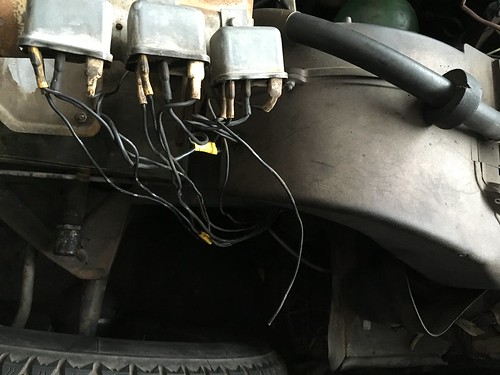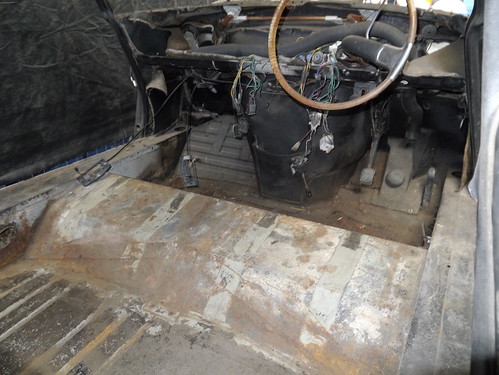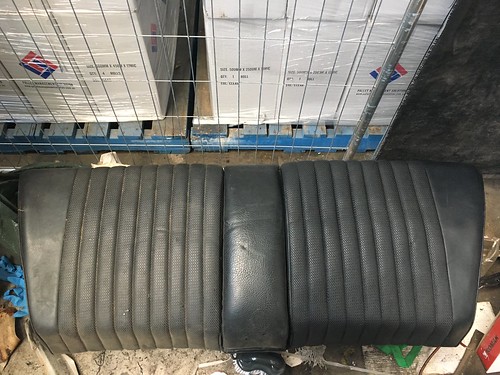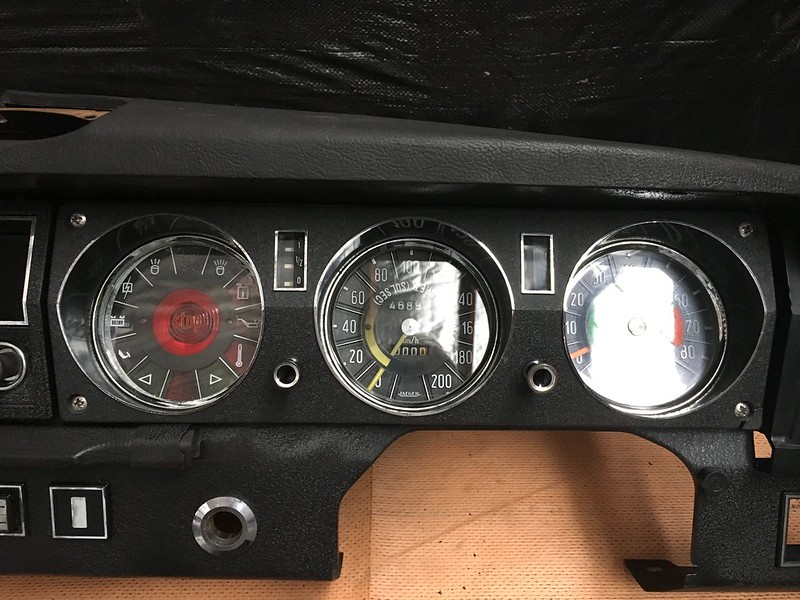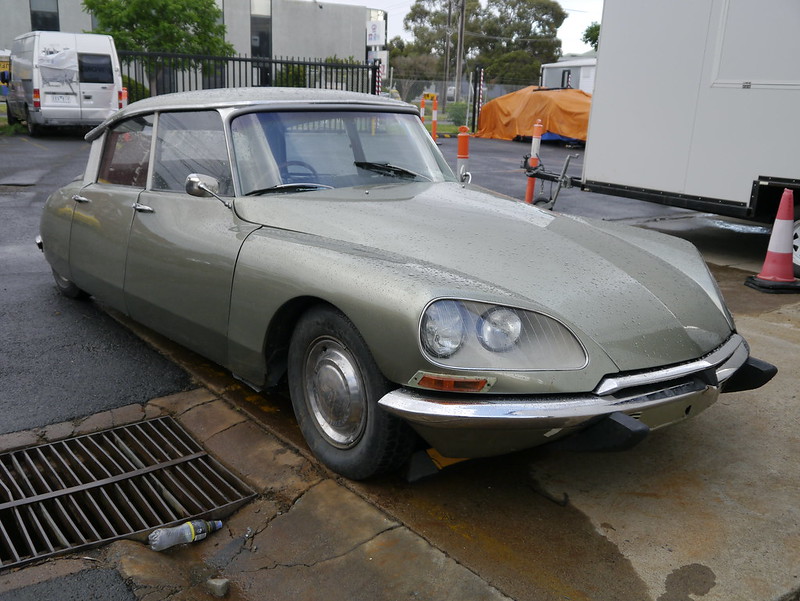So, I've been meaning to start a thread here since I bought my DS21 waaayyy back in 2016. Between changing cities, jobs and sorting life out it just never seemed to happen. However now that the project is almost done it seems like the time to actually share some of the work that has been done on the off chance that it helps someone else to tackle their own project. Much of what follows occurred some time ago however i shall try and keep things chronological.
With that out of the way it's time to introduce the car. What we have here is a very rare beast indeed. A 1970 DS21 IE BHV confort, seen here as I found it on a hillside down on the Mornington Peninsula.


I spent a delightful afternoon with the owner chatting and climbing all over the car hunting for rust and casting my eye over the tubs of parts. Happily the only rust that could be found was confined to the sides and floor of the boot and the outer section of the passenger side sill. My thinking is that because the car had been in pieces and in shed for so long the boot linings had gotten wet and slowly rusted out the boot. As I discovered later there appears to be more to this storey. A deal was struck and suddenly I had just taken on the largest Meccano set i'd ever come across. My housemate was roped in to help move the chassis and all the parts to a workshop at which point we could actually see what we had.
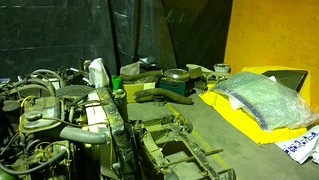
None of the parts were labelled and there was an entire box filled with unlabelled jars of bolts, brackets and fixings. All told the only missing parts were:
Headlight reflectors
1 piece of trim for the roof
3 of the stainless steel rubber seal holders for the sills
interior light lenses
and a few other assorted pieces of trim
Not bad for a car that had been taken apart and moved between 3 different owners in 5 years. With a stocktake completed and armed with a pile of workshop manuals the project could then begin in earnest.
With that out of the way it's time to introduce the car. What we have here is a very rare beast indeed. A 1970 DS21 IE BHV confort, seen here as I found it on a hillside down on the Mornington Peninsula.


I spent a delightful afternoon with the owner chatting and climbing all over the car hunting for rust and casting my eye over the tubs of parts. Happily the only rust that could be found was confined to the sides and floor of the boot and the outer section of the passenger side sill. My thinking is that because the car had been in pieces and in shed for so long the boot linings had gotten wet and slowly rusted out the boot. As I discovered later there appears to be more to this storey. A deal was struck and suddenly I had just taken on the largest Meccano set i'd ever come across. My housemate was roped in to help move the chassis and all the parts to a workshop at which point we could actually see what we had.

None of the parts were labelled and there was an entire box filled with unlabelled jars of bolts, brackets and fixings. All told the only missing parts were:
Headlight reflectors
1 piece of trim for the roof
3 of the stainless steel rubber seal holders for the sills
interior light lenses
and a few other assorted pieces of trim
Not bad for a car that had been taken apart and moved between 3 different owners in 5 years. With a stocktake completed and armed with a pile of workshop manuals the project could then begin in earnest.
Last edited:



